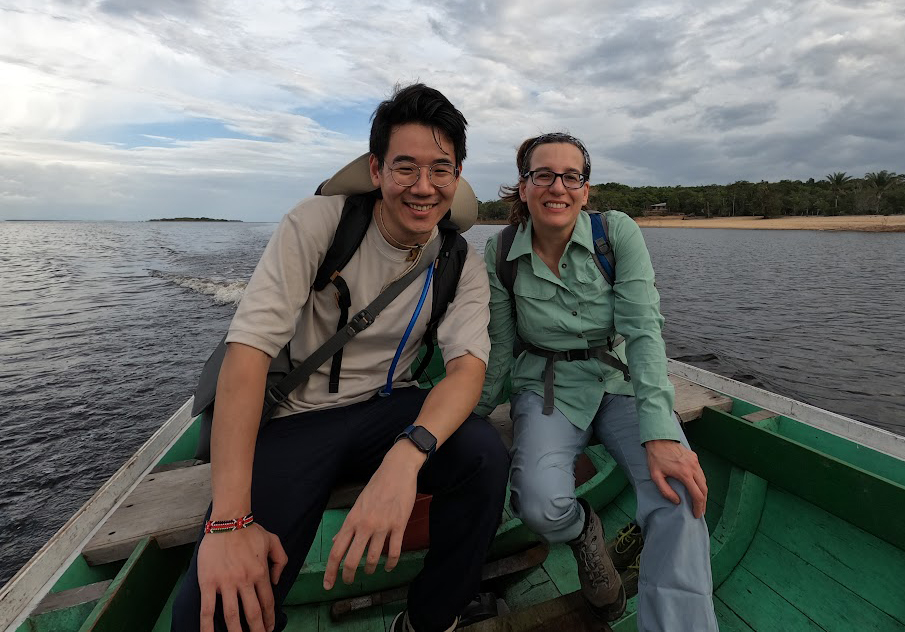Florencia Sangermano, associate professor of geography, is part of a global research team hoping to win a five-year, $10 million XPRIZE Rainforest competition by remotely collecting biodiversity data from deep within the Amazon, identifying the most species, and providing the most impactful real-time environmental insights — all within three days beginning Thursday, July 11.
“The point of the competition is to monitor biodiversity by identifying species in 100 hectares of forest in Brazil. The catch is that you cannot enter the forest,” says Sangermano, pictured above, a member of the ETH BiodivX team sponsored by ETH Zurich (Eidgenössische Technische Hochschule Zürich) in Switzerland. The team includes 58 experts in cultural, artistic, scientific, and social science fields from across the world.

Starting July 11, Sangermano and her teammates will have 24 hours to collect environmental DNA (eDNA), images, and sounds via autonomous drones and rovers in an unpublicized area in Amazonas, Brazil, which, at more than 600,000 square miles, is the ninth-largest country subdivision in the world. In the next 48 hours, through July 13, they will analyze the data using techniques that combine a live dashboard, advanced AI algorithms, and insight from indigenous citizen scientists.
“The 24-hour data collection will take place in a remote area in the Amazon with no facilities or internet connection,” Sangermano explains. “After the data are collected, we will bring them back to the base camp for processing— and hope that we have enough power to run all the equipment, which includes a backpack eDNA lab and many computers.”
Read more here:
Clark geographer applies ecoacoustic research to assessment of the Amazon